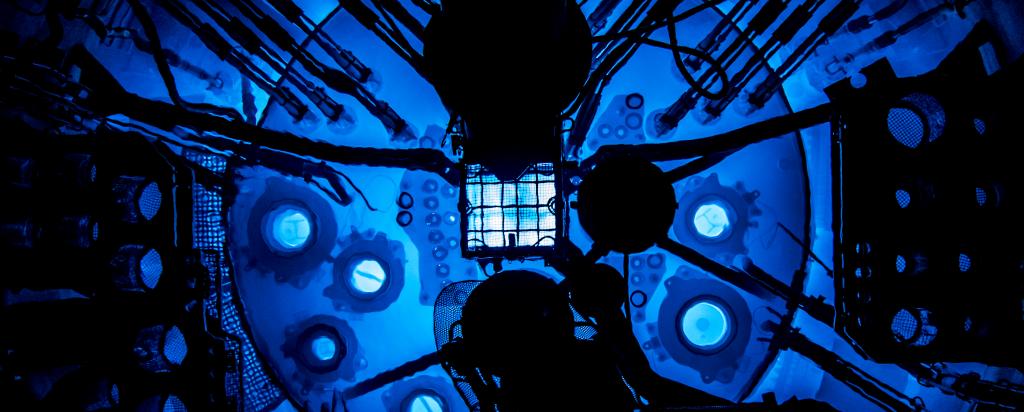
Role at ANSTO
Paul Callaghan is a Research Lead in the Human Health Research Theme, at ANSTO Lucas Heights. He holds a BSc(Hons) and PhD in neuropharmacology from the University of Adelaide and the University of Texas Health Science Center at San Antonio. He completed postdoctoral fellowships (Anatomy at Flinders University / Psychology at University of Sydney), prior to joining ANSTO in 2007.
Paul is a pharmacologist with particular expertise in the use of a wide range of nuclear science based approaches using ANSTO’s landmark infrastructure to probe physiology, pathophysiology and toxicology in health and disease. Paul uses multimodal approaches to assess biological impact of biomarkers of disease (assessed using in vivo PET and in vitro imaging/histopathology) in the whole animal systems (using pharmacological endpoints and animal behaviour), with a particular interest in neuroscience.
Research interests and areas of expertise
Neuroscience, Pharmacology (in vivo and in vitro), Toxicology, Radiotracer studies with exotic isotopes, Small animal PET/CT imaging, Quantitative Autoradiography with exotic isotopes, Histology, Animal behaviour.
Radiation Impact on the brain extracellular microenvironment
The brain extracellular space and cerebrospinal fluid constitute the fluid microenvironment within the central nervous system inside of the blood brain barrier, a critical pharmacological compartment isolated from the blood. Changes in the size of the brain extracellular microenvironment impact how pharmacotherapeutics distribute into brain, which is critical in the optimisation of infectious disease and cancer pharmacotherapies in the central nervous system. We are using a ‘systems’ approach with anatomical, physiological and animal behavioural techniques to assess how radiation impacts dynamic size changes in the brain extracellular space.
Nanosafety
There is a growing need to understand the expanding uses of nanomaterials during their entire lifecycle, in order to understand the potential impacts on human health and the environment. We are working with international partners (NanoHarmony.eu) using nuclear science based approaches in toxicology, materials science, radiotracing and ion beam analysis fields to address complexities in the assessment of accurate measurement of nanoparticle exposure after oral ingesting, with particular interest in E171 (Titanium dioxide) as an additive in food.
Committees, affiliations and memberships
- AINSE Women in Science and Engineering School Mentor (WISE): Since Foundation school 2018-
- CSIRO STEM Professional in School Program: 2017-
- Kingswood High School: 2017-2018
- Holroyd High School: 2019-2022
- East Hills Boys High School: 2023-
- AINSE Winter School Committee: Ongoing
- ANSTO Animal Care and Ethics Committee: 2013-2017
- ANSTO Scientific Review Committee – Biological, Medical & Health Sciences: 2020-
- Macquarie University: PACE program internship program: 2019-
- Member of Society for Neuroscience (SFN): 2000-
- Reviewer:
- Particle and Fibre Toxicology
- EJNMMI Research
- Environmental Science & Technology
Qualifications & Achievements
- Postdoctoral Fellow (University of Sydney)
- Ph.D. (University of Adelaide)
- B.Sc.(Hons.) (University of Adelaide)
